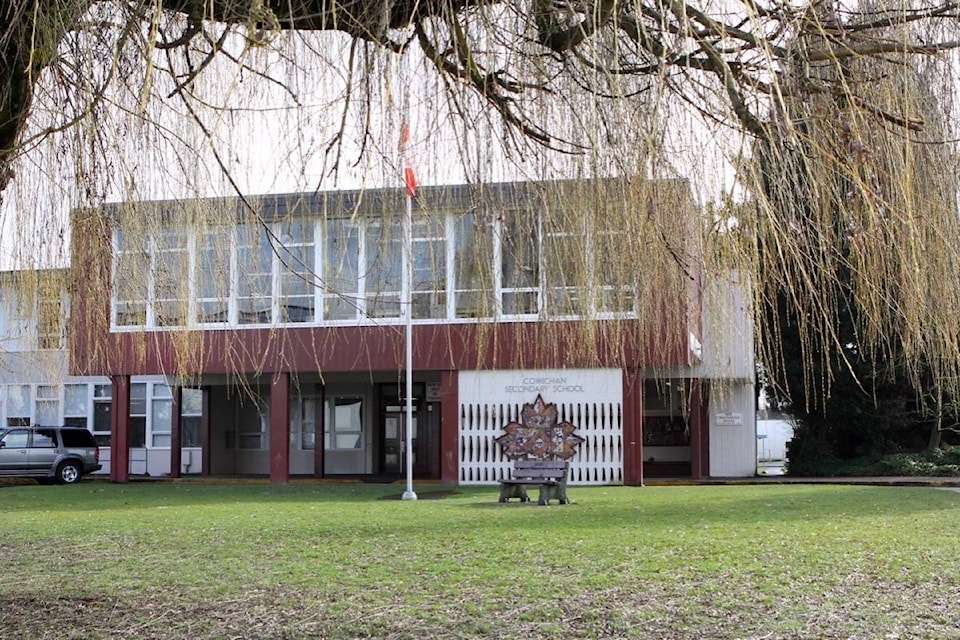Schools in the Cowichan Valley district vary so much that it’s hard to make sweeping statements about earthquake readiness, according to district operations manager Monroe Grobe, but there are schools in need of work.
After a school collapsed in the huge earthquake in Mexico City recently, there’s been some question about how local schools would fare.
At some locations, like the Crofton Elementary, Drinkwater Elementary and Lake Cowichan School — which houses both elementary- and secondary-aged students — any required seismic upgrades have been completed, while others are still waiting, ranked by a provincially set priority system, for their place at the head of the line.
Seismic work is funded by the Province of B.C.
“We apply to the ministry and the schools have all been ranked. The government releases funds based on their rating,” Grobe said.
Each school is broken down in the provincial report by sections and each of those has its own ranking, based on how great the risk is.
While districts with a lot of old brick schools may seem to be front and centre in facing these problems, the Valley’s brick matriarch, the beautiful and historic old Duncan Elementary School, is not in need of attention.
“Duncan El was done years ago. It’s fully been seismically upgraded,” Grobe said.
The Cowichan Valley district, in fact, has only two schools on the published provincial list at all at the moment: Cowichan Secondary School and the old Koksilah Elementary School (now the Cowichan Trades Centre, run under the auspices of Vancouver Island University.) And they are right at the bottom of the list of 155 schools whose business cases are being looked at.
Part of the reason for Cowichan’s facilities escaping priority ranking is that they are not that old, compared to some schools in other districts, partly because a number of schools here have been closed in the past couple of decades.
“And, those that are in operation are newer. There are several on the list but they’re all rated low. And it would be sections of those: the cinder-block buildings, some schools have a bunch of additions. There’s new parts and there’s older parts. Some of the older parts are woodframe construction, where there’s a lot lower risk, but if they’re cinderblock construction, like the old Koksilah building, there’s one out at Mill Bay. We call them ‘open areas’. Greenwell was one. That kind of building is higher risk.”
Districts take the reports and then weigh out the costs of seismic upgrades before applying for funding to the government, which comes mainly for parts of schools, varying with how they’ve been ranked.
“We submit in our capital plan to the ministry and we use the information that’s been provided to us through seismic assessments. Lots of old schools in the Lower Mainland were ranked far higher than Cowichan Valley’s. They’re the older brick buildings. What the government is doing is working their way down the ranking,” he said.
Cowichan Secondary School, which is slated for total replacement, offers a conundrum: is there a hurry to do any seismic upgrading on such a school?
“No, but we had a seismic assessment done and part of our business case [for a new school] with the Ministry of Education was to avoid the costs of the seismic work, and roll what you would be spending on that into the new facility. It makes sense. But we did use a recent seismic assessment on Clowichan Secondary on our business case for a new school,” Grobe said.
